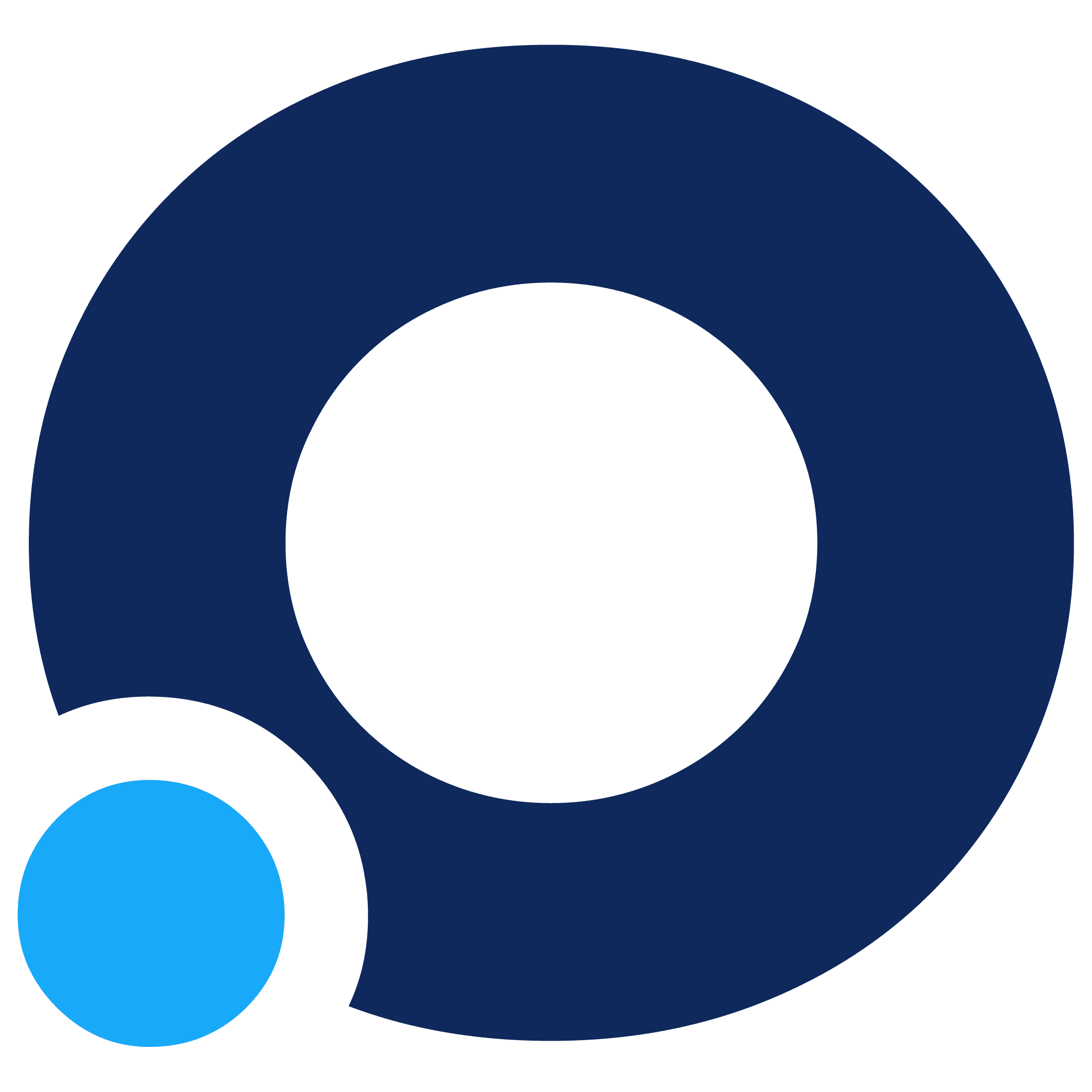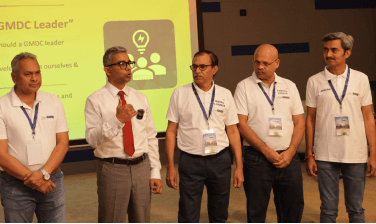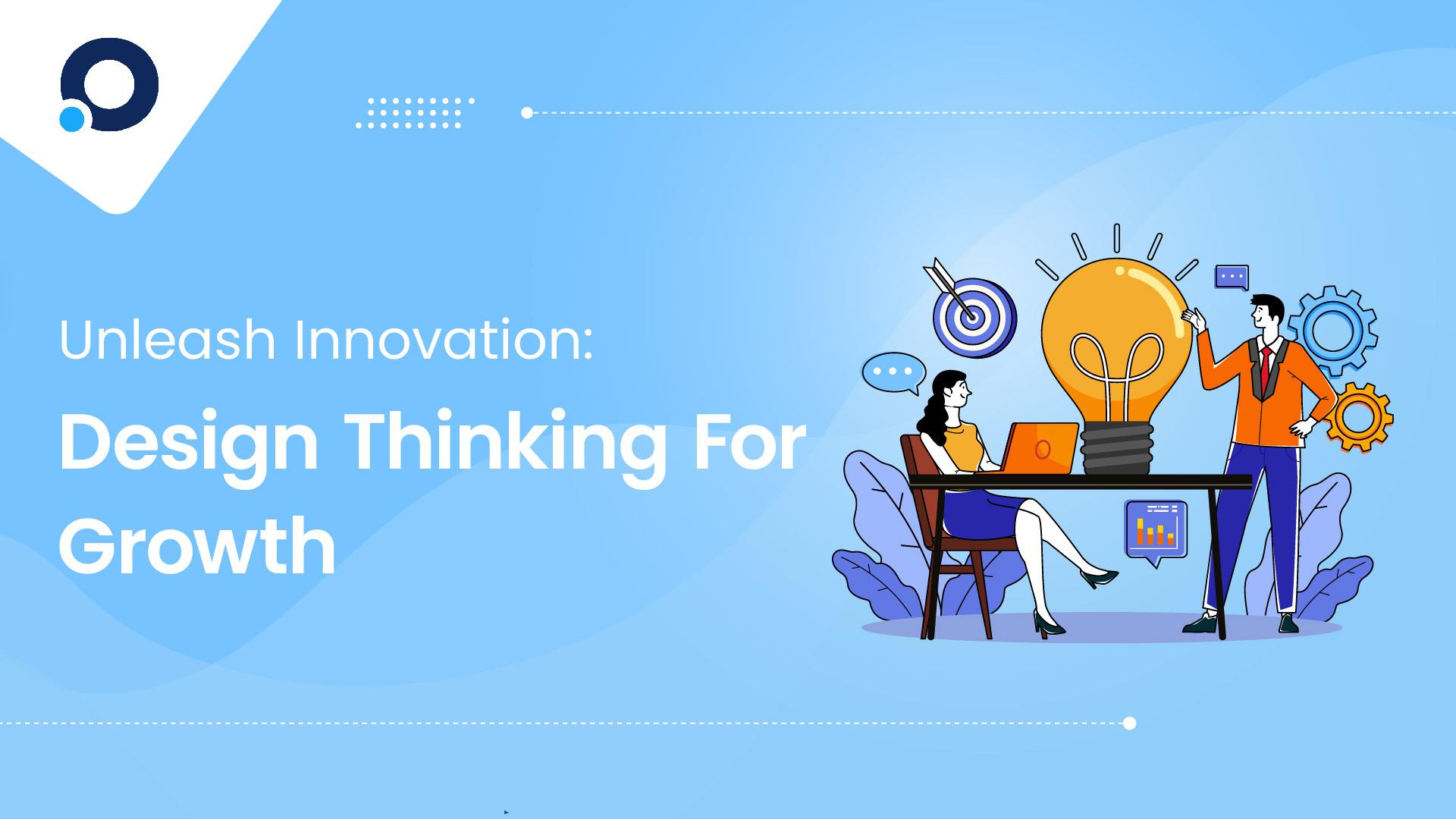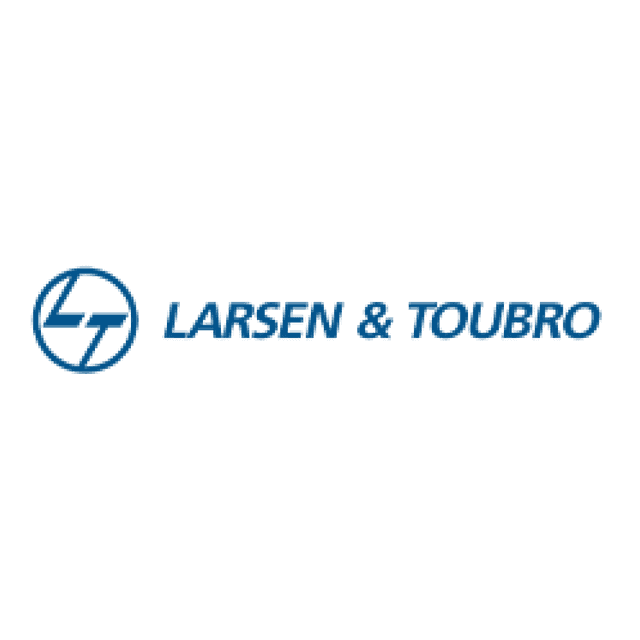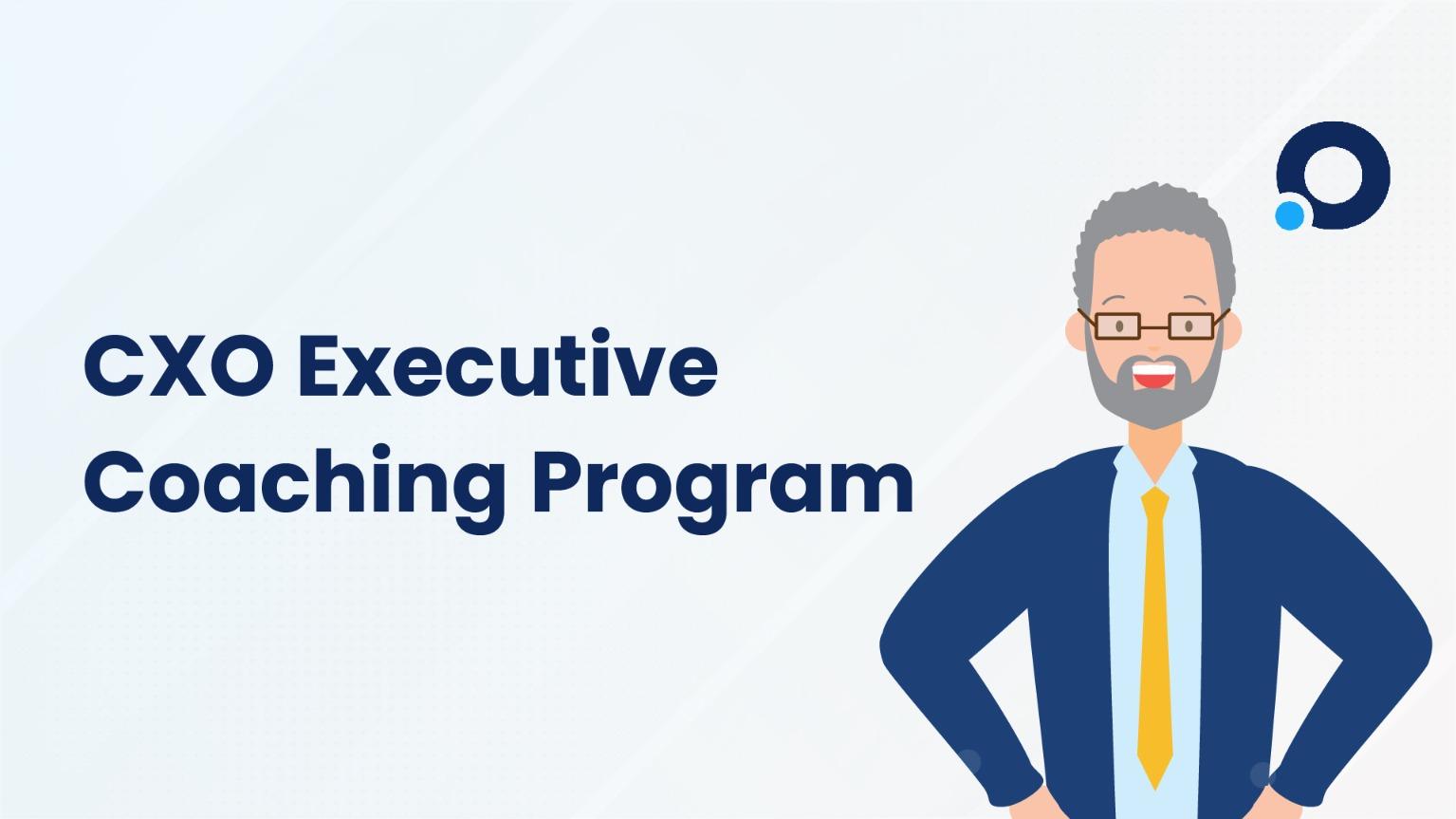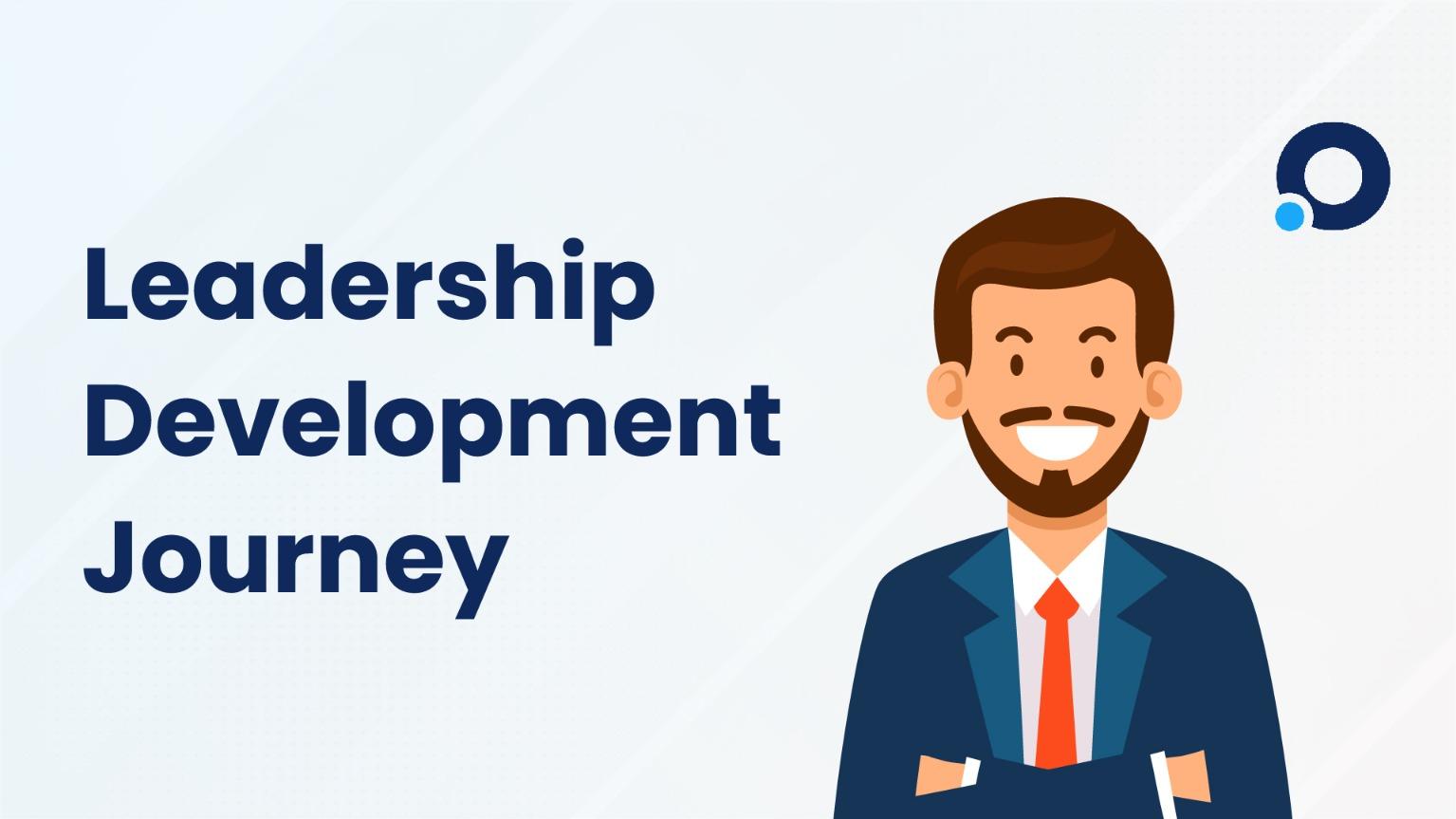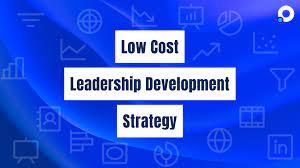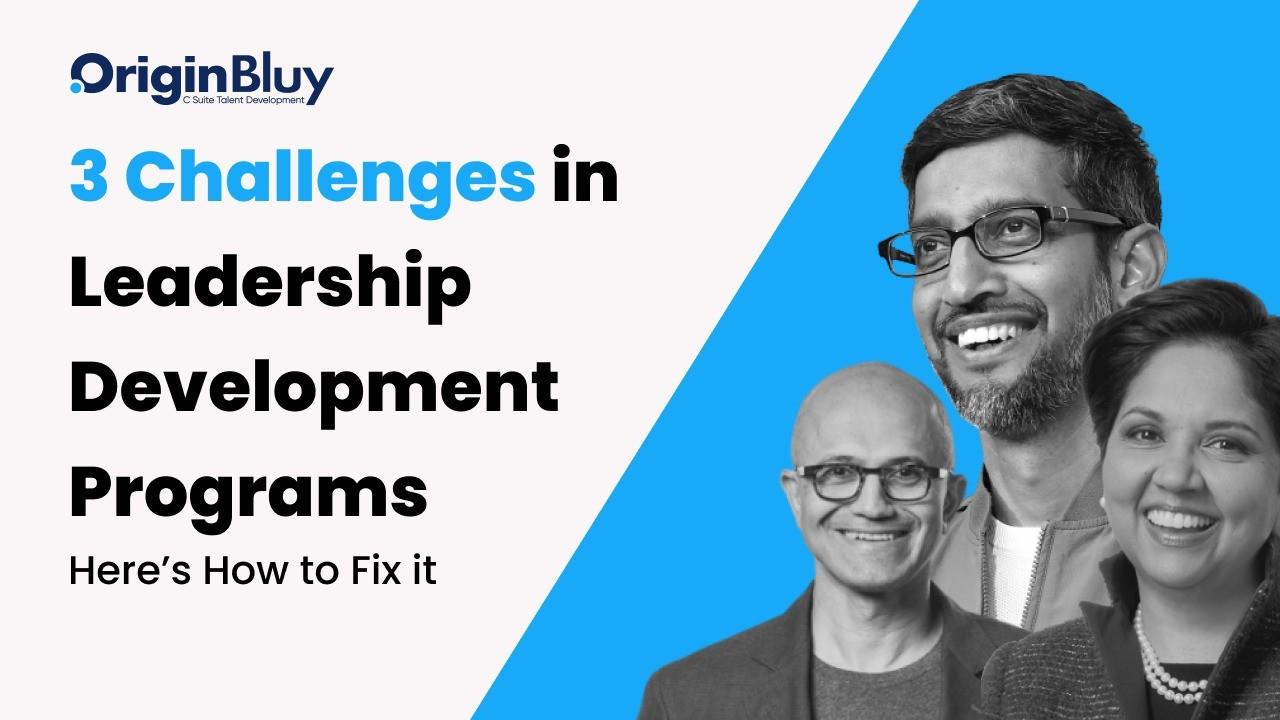Imagine this: Your competitors are constantly churning out game-changing products, while your organization’s offering feels stuck in a bygone era. Sounds familiar?
In today's hyper-competitive B2B landscape, simply meeting customer needs isn't enough. You need to anticipate them, exceed expectations, and disrupt the status quo.
That's where design thinking comes in. It's not just a fancy buzzword; it's a powerful human-centered approach to unlocking groundbreaking innovation in your organization.
This blog will be your guide to design thinking mastery. We'll delve into its core principles, explore real-world applications, and equip you with practical tips for implementation.
By the end, you'll be ready to leverage design thinking to transform your B2B company into a powerhouse of innovation and growth.
What is Design Thinking
Have you ever felt frustrated by a product or service that seems to miss the mark entirely? Design thinking is all about understanding these frustrations and using them to create solutions that truly resonate with users.
In a nutshell, design thinking is a human-centered innovation methodology that emphasizes empathy, creativity, and iterative problem-solving. It's a cyclical process that breaks down into five core principles.
Core Principles of Design Thinking
Let’s explore the 5 major stages of design thinking:
Empathize: This stage focuses on gaining a deep understanding of the user's needs, challenges, and desires. This might involve conducting user interviews, observing user behavior, and analyzing user data.
Define: Based on your empathy research, you'll clearly define the problem statement. This ensures everyone involved is on the same page and working towards a common goal.
Ideate: Now it's time to unleash your creativity! Brainstorm a wide range of potential solutions to the defined problem. Don't be afraid of unconventional ideas – the goal is to explore all possibilities.
Prototype: Instead of jumping straight into development, design thinking emphasizes creating low-fidelity prototypes. These prototypes can be anything from sketches and wireframes to basic mockups. Their purpose is to quickly test and refine your ideas before investing significant resources.
Test: The final stage involves presenting your prototypes to users and gathering their feedback. This feedback is crucial for iterating on your designs and ensuring they truly address the user's needs.
Design thinking is an iterative process, meaning you may revisit each stage throughout your innovation journey. This constant feedback loop allows you to continuously improve your ideas and create solutions that are truly impactful.
Benefits of Design Thinking For an Organization
Design thinking isn't just about creating innovative products or services; it's about fundamentally transforming the way organizations approach problem-solving and user experience. Here's how it unlocks significant benefits:
Unveiling Unmet Customer Needs
Traditional market research often relies on historical data and surveys, potentially overlooking critical user frustrations that don't surface in standard metrics. Design thinking's emphasis on empathy goes beyond the numbers.
Through user interviews, observations, and even user journey mapping, organizations gain a deep understanding of user pain points, unspoken desires, and the context in which they interact with products or services. This results in the development of solutions that not only address existing issues but also anticipate and fulfill unmet customer needs, leading to higher satisfaction and loyalty.
Boosting Innovation and Creativity
Many organizations fall into the trap of "groupthink," relying on established methods and perspectives. Design thinking disrupts this pattern by fostering a culture of brainstorming and experimentation.
Workshops encourage participants to challenge assumptions, think outside the box, and explore a wider range of ideas. This not only leads to a greater volume of ideas but also increases the chances of uncovering truly novel and groundbreaking solutions that can give the organization a competitive edge.
Enhanced Collaboration and Communication
Design thinking workshops bring together diverse teams from across departments, such as marketing, engineering, and customer service. By working towards a common goal and sharing their unique perspectives in a collaborative environment, these teams develop stronger communication skills.
They learn to explain their viewpoints effectively, listen actively to others, and build consensus on the best solutions. This fosters a more collaborative work environment where teams are better equipped to tackle complex challenges and bring innovative ideas to life.
Optimizing Internal Processes
Traditional problem-solving approaches often rely on lengthy analysis and planning before taking action. Design thinking's iterative nature allows organizations to identify inefficiencies within workflows much faster. By creating low-fidelity prototypes and conducting rapid tests with stakeholders and users, organizations can quickly uncover bottlenecks and areas for improvement.
This iterative process allows for continuous refinement and streamlining of internal processes, leading to increased efficiency, reduced waste, and ultimately greater productivity.
The Need For Design Thinking
While the benefits of design thinking are evident, it's important to understand why this approach is more critical than ever in today's dynamic business landscape. Here are some key factors driving the need for design thinking:
The Rise of the Empowered Customer
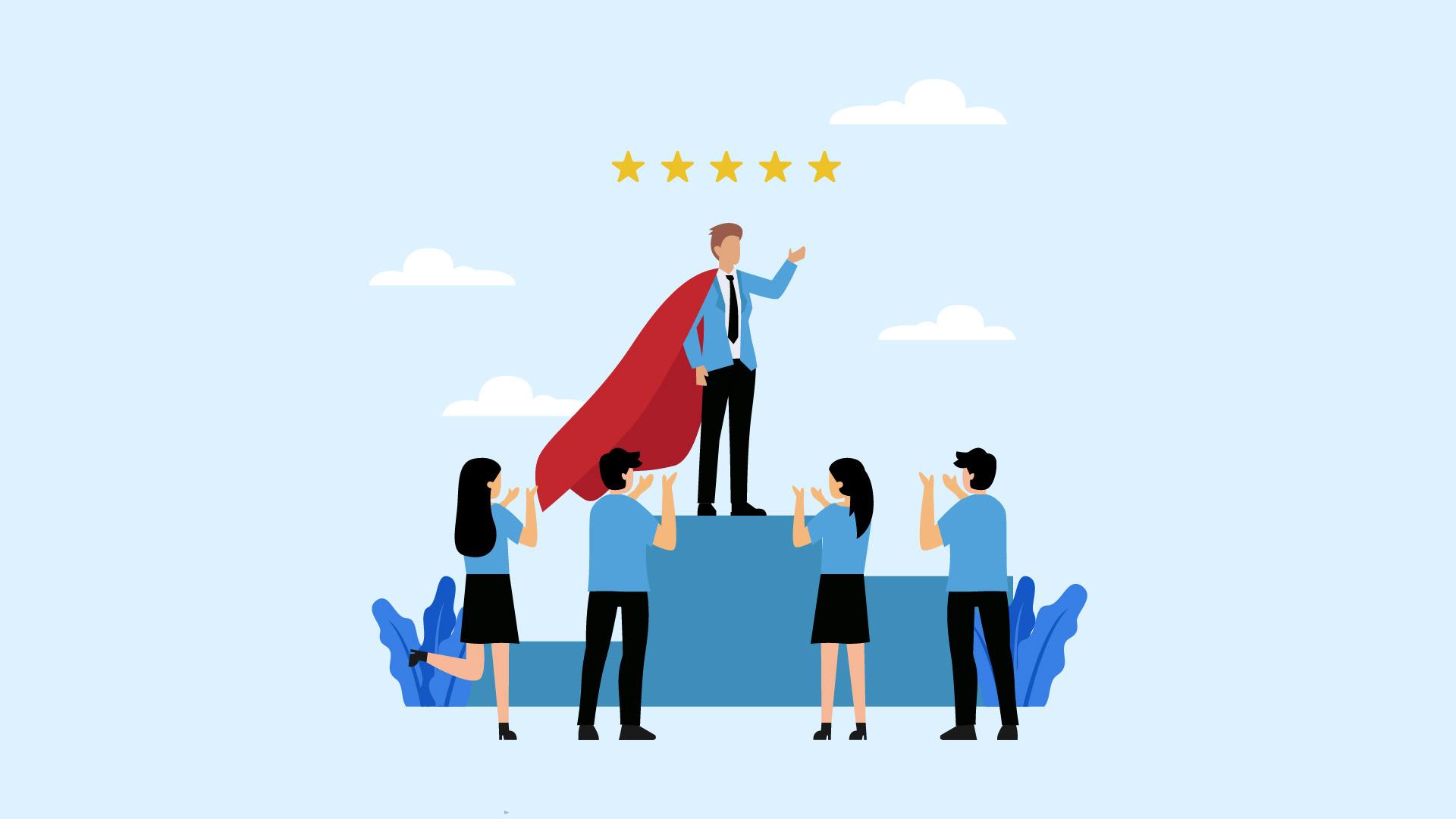
Customers today are no longer passive consumers. They have access to a wealth of information online, allowing them to compare products and services with ease. This has led to a rise in customer expectations. They demand not just functional products but solutions that cater to their specific needs, desires, and pain points.
Design thinking's user-centric approach places the customer at the heart of the innovation process. Through empathy research like user interviews and observations, organizations gain a deep understanding of their target audience. This allows them to develop solutions that truly resonate with customers, leading to higher satisfaction, loyalty, and brand advocacy.
The Velocity of Change
Technological advancements are happening at an unprecedented pace, disrupting entire industries. Consumer behavior is also constantly evolving, creating new challenges and opportunities. Businesses that fail to adapt risk becoming obsolete.
Design thinking provides a framework for continuous iteration and experimentation. It allows organizations to quickly test and refine their offerings in response to changing market dynamics. By fostering a culture of "failing forward," design thinking encourages organizations to learn from their mistakes and adapt their solutions based on user feedback. This agility is crucial for staying ahead of the curve in today's fast-paced business environment.
Disruption is the New Normal
The rise of startups and innovative business models has made disruption a constant threat. New competitors can emerge seemingly overnight, challenging established players with disruptive ideas and products.
Design thinking equips organizations with the tools and mindset to anticipate future trends and identify opportunities for disruption themselves. By employing design thinking techniques like scenario planning and user research, organizations remain proactive in the face of change. They can identify unmet customer needs and develop innovative solutions before their competitors do, allowing them to disrupt the market and gain a competitive edge.
The Need for Collaborative Innovation
Complex problems often require solutions that go beyond the expertise of any single department. Traditional, siloed organizational structures can hinder collaboration and lead to suboptimal solutions.
Design thinking workshops foster collaboration between diverse teams, breaking down departmental silos. This allows individuals from marketing, engineering, customer service, and other departments to share their unique perspectives and expertise. By working together, these teams can develop more creative and impactful solutions that address the problem from a holistic perspective.
Building a Culture of Empathy
In today's competitive landscape, building strong customer relationships is paramount. However, many organizations struggle to truly understand their customers' needs and frustrations.
Design thinking's emphasis on empathy allows businesses to develop a deeper understanding of their customers. By conducting user research and actively involving users in the design process, organizations can develop a culture of customer centricity. This leads to improved customer satisfaction, loyalty, and ultimately, increased brand advocacy.
By embracing design thinking and its core principles, organizations can navigate the challenges of the modern business world and thrive in an era of constant change.
Building a Customer-Centric Culture
Traditional business models often prioritize internal metrics and processes over the user experience. Design thinking flips this script by placing the user at the heart of the innovation process. By actively involving users in research, ideation, and testing phases, organizations develop a deep understanding of their customers' needs and aspirations.
This fosters a strong customer-centric culture where the organization is constantly looking for ways to improve the user experience. This not only improves customer satisfaction and loyalty but also positions the organization to better anticipate and meet future customer needs, ensuring long-term success.
Design thinking isn't just a theoretical concept; it's a methodology that can be readily implemented within your organization. Here's a practical guide packed with actionable steps to get you started:
Step 1. Assemble a Cross-Functional Team
The heart of successful design thinking lies in bringing together diverse perspectives. Here's how to build your dream team:
Seek a Variety of Roles: Don't just gather your usual suspects. Include members from across departments like marketing (who understand customer needs), engineering (who can assess feasibility), customer service (who have firsthand experience with user pain points), and even sales (who can provide insights on market trends). This well-rounded team ensures a holistic understanding of the problem and fosters creative solutions that consider all aspects, from user experience to technical viability.
Embrace Diverse Backgrounds: Look beyond departmental expertise. Consider including individuals with different educational backgrounds, cultural experiences, and working styles. This diversity of thought fuels innovation and helps the team approach challenges from new angles.
Focus on Collaborative Spirit: While expertise is important, prioritize team members who are effective communicators, good listeners, and open to new ideas. Collaboration is key to design thinking's iterative process, so ensure your team can work together effectively to refine solutions.
Step 2. Cultivate a Culture of Experimentation
Design thinking thrives in an environment that encourages exploration and embraces "failing forward." Here's how to foster a culture of experimentation:
Break Down Silos: Traditional organizational structures often create departmental silos that hinder communication and collaboration. Design thinking workshops and cross-functional teams can bridge these gaps, encouraging open communication and fostering a sense of shared ownership over the innovation process.
Embrace "What If" Scenarios: Encourage brainstorming sessions where team members can explore unconventional ideas and ask "what if" questions without fear of judgment. This playful and exploratory environment sparks creative thinking and leads to unexpected solutions.
Celebrate Calculated Risks: Move beyond the "play it safe" mentality. Encourage taking calculated risks by prototyping and testing ideas quickly. Learn from both successes and failures, and iterate on your solutions to arrive at the best possible outcome.
Step 3. Define a Clear Problem Statement
Before diving into solutions, it's crucial to clearly define the problem you're trying to solve. Here's how to frame a strong problem statement:
Conduct User Research: Don't rely on assumptions. Utilize user interviews, surveys, and observation techniques to understand the specific challenges your target audience faces.
Focus on User Needs: Frame the problem statement from a user-centric perspective. For example, instead of stating "Our website is outdated," rephrase it as "Users struggle to find the information they need on our website, leading to frustration and a negative brand experience."
Make it Actionable: A good problem statement is clear, concise, and actionable. It should provide a starting point for brainstorming solutions and guide your design thinking process.
Step 4. Embrace Rapid Prototyping
Don't get bogged down in lengthy planning stages. Here's how to leverage rapid prototyping in your design thinking process:
Focus on Functionality Over Aesthetics: The purpose of a design thinking prototype is to test core functionalities and gather user feedback, not win design awards. Focus on creating low-fidelity prototypes—think sketches, wireframes, or basic mockups—that effectively communicate your ideas. These can be created quickly and easily, allowing for faster iteration.
Utilize Digital Tools: There are a variety of online tools and platforms available to facilitate rapid prototyping. Explore options for creating wireframes, mockups, and even basic user interfaces, depending on the nature of your project.
Test Early and Often: Get your prototypes in front of users as soon as possible. Conduct usability testing sessions to gather feedback on the user experience and identify areas for improvement. This allows you to refine your designs early on in the process, saving time and resources in the long run.
Step 5. Integrate Design Thinking into Existing Processes
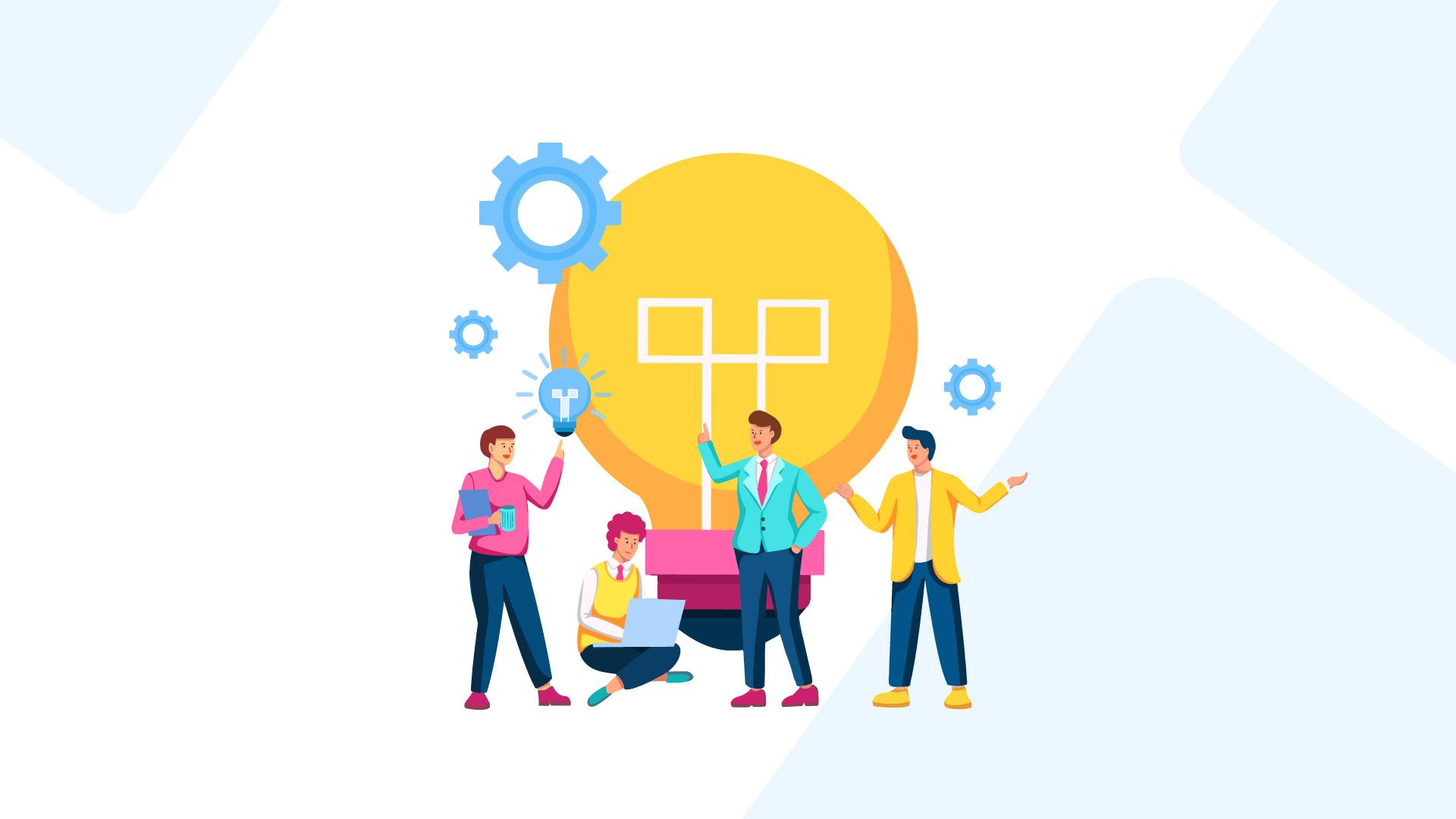
Design thinking doesn't have to be a separate initiative. Here are ways to seamlessly integrate it into your current workflows:
User Research Integration: Incorporate user research techniques like user interviews and usability testing into your existing product development cycle. This ensures that user needs are considered at every stage of the process.
Brainstorming for Project Challenges: Facing a specific project hurdle? Organize a design thinking workshop to tackle the challenge. Brainstorming sessions with a diverse team can foster creative solutions and lead to new approaches to overcome roadblocks.
Metrics and Measurement: Design thinking isn't just about creativity; it's about achieving measurable results. Identify key metrics aligned with your problem statement and user needs. Track these metrics throughout the design thinking process.
How to Find the Right Design Thinking Coach
Design thinking holds immense potential for organizational transformation. But successfully implementing it often requires skilled guidance. Here's how to find the ideal design thinking coach to support your business journey:
1. Define Your Needs & Goals:
Before seeking a coach, take a step back and identify your specific needs and goals.
- Are you looking to introduce design thinking as a new methodology within your organization?
- Do you need help facilitating workshops for specific projects or challenges?
- Are you seeking guidance on integrating design thinking into your existing workflows?
Clarifying your objectives helps you identify a coach with the right expertise and experience to address your unique needs.
2. Research Credentials & Experience:
Look for coaches with a proven track record of success in guiding businesses through the design thinking process. Here are some key credentials to consider:
Certification: While certifications aren't mandatory, qualifications like Certified Design Thinking Professional (CDTP) indicate a thorough understanding of design thinking principles.
Industry Experience: Consider coaches with experience in your specific industry. Their knowledge of your business landscape can provide valuable context for the design thinking process applied to your challenges.
Project Portfolio: Review the coach's past projects and case studies to understand the types of challenges they've helped businesses overcome. This gives you an idea of their approach and effectiveness.
3. Evaluate Coaching Style & Personality:
A successful coaching relationship hinges on mutual respect and clear communication. Here's how to assess a coach's compatibility:
Communication Style: Does the coach clearly explain design thinking concepts and processes? Can they tailor their communication to your team's needs and experience level?
Teaching Philosophy: Does the coach prioritize a hands-on, collaborative approach, or do they favor a more directive style? Consider your team's learning style and preferences.
Personality Fit: Coaching is a collaborative journey. Choose a coach you feel comfortable with, someone who inspires and motivates your team. Schedule an initial consultation to assess their personality and communication style.
4. Explore Additional Resources:
While coaches offer personalized guidance, a wealth of online resources can supplement your learning journey:
Design Thinking Institutes: Organizations like the Hasso Plattner Institute of Design at Stanford (the d.school) and IDEO offer online courses and resources on design thinking methodology.
Design Thinking Communities: Join online communities and forums dedicated to design thinking. Connecting with peers and experienced practitioners allows you to learn from each other's experiences.
By following these steps, you'll be well-equipped to find a design thinking coach who perfectly complements your organization's needs and empowers your team to unlock innovation through this powerful methodology.
The Future of Design Thinking in Corporate
Design thinking has become a cornerstone of innovation in many organizations. But as the business world continues to evolve, so will design thinking. Here's a glimpse into what the future might hold:
Focus on Social Impact
Businesses are increasingly recognizing their responsibility to address social and environmental challenges. Design thinking, with its emphasis on empathy and human-centered solutions, is well-positioned to tackle these issues. We can expect to see a rise in design thinking applications focused on sustainability, social good, and creating a positive impact on the world.
Integration with AI and Data Analytics
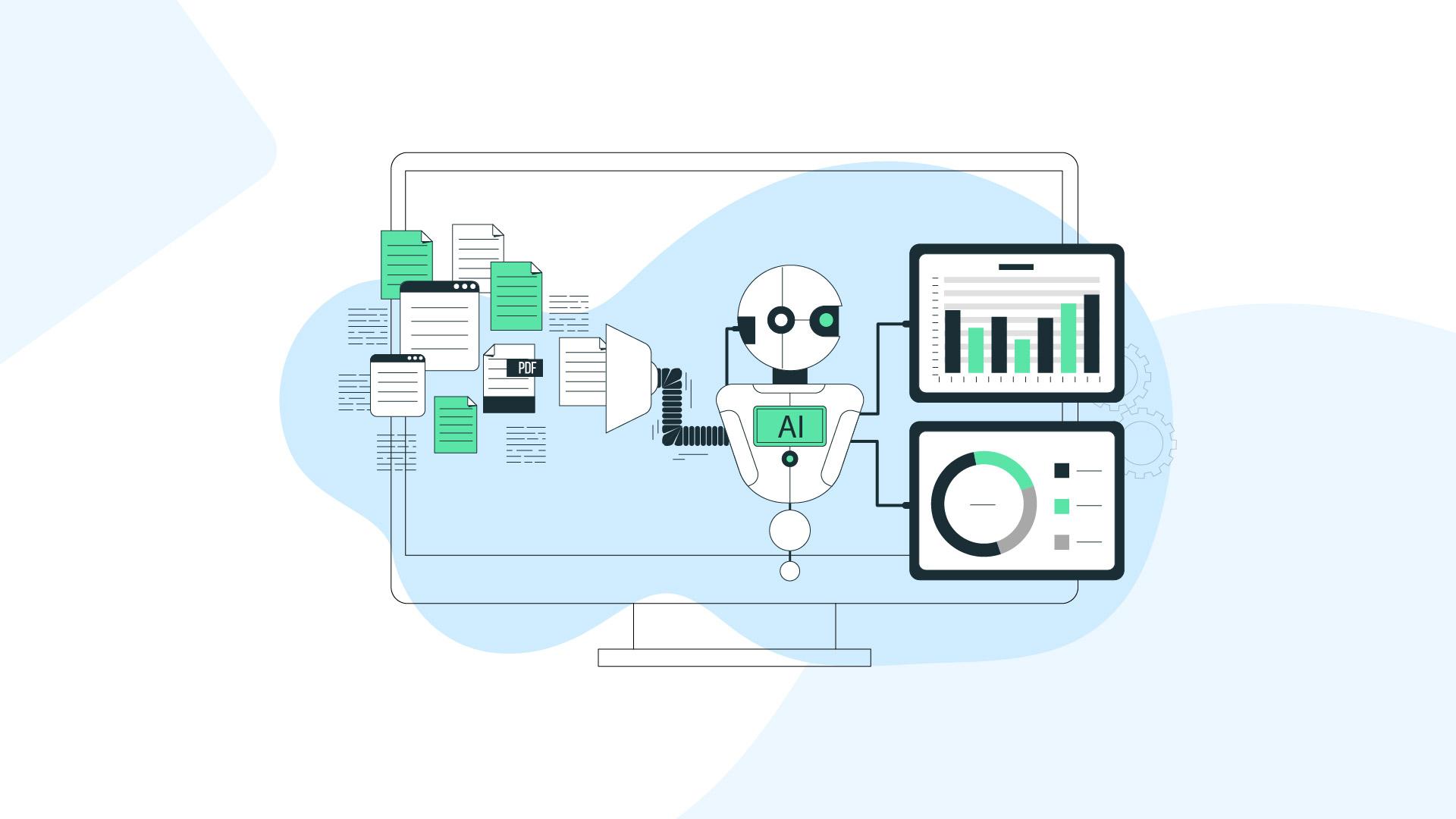
Artificial intelligence (AI) and data analytics offer powerful tools for understanding user behavior and identifying trends. The future of design thinking likely involves a marriage of these technologies with its core principles. AI can help analyze vast amounts of user data, inform the design thinking process, and lead to more targeted solutions.
Democratization of Design Thinking
Traditionally, design thinking has been associated with design professionals. However, the future is likely to see a democratization of this approach. Tools and resources will become more accessible, empowering individuals across all departments to utilize design thinking principles in their daily work.
Metrics and ROI Measurement
While design thinking emphasizes creativity and exploration, its value ultimately lies in driving business results. The future will likely see a stronger focus on measuring the return on investment (ROI) of design thinking initiatives. Organizations will develop more sophisticated methods to quantify the impact of design thinking on key metrics like customer satisfaction, product adoption, and innovation success.
Continuous Learning and Iteration
The design thinking process is inherently iterative. As organizations gain experience with this methodology, they will continue to refine their approach and adapt it to their specific context. The future will likely see a culture of continuous learning and experimentation within design thinking practices, leading to even more effective and impactful solutions.
By embracing these future trends, design thinking will continue to be a powerful driver of innovation and success for organizations in the years to come.
Design Thinking: Fuel Your Innovation Engine
In today's fast-paced business landscape, innovation is key to staying ahead. This blog explored design thinking, a powerful method that ignites creativity, tackles complex problems, and delivers user-centric solutions.
We've seen how design thinking can uncover hidden customer needs, spark groundbreaking ideas, streamline internal processes, and cultivate a customer-centric culture within your organization.
Ready to unlock the innovation potential within your team?
OriginBluy's Design Thinking Program equips your team with the skills and tools to become design thinking champions. Through expert-led workshops, tailored solutions, and ongoing support, we'll guide you on your design thinking journey and empower you to achieve groundbreaking success.
Don't wait to fuel your innovation engine. Contact us today and take the first step.
Key Takeaways From the Blog
- Unveiling Hidden Needs
- Igniting Creative Solutions
- Optimizing Your Workflow
- Building a Customer-Centric Culture
- Empowering Your Innovation Team


